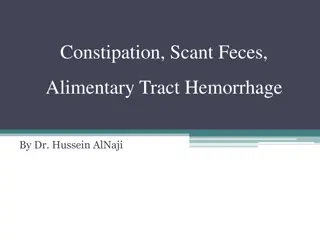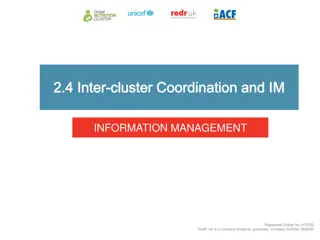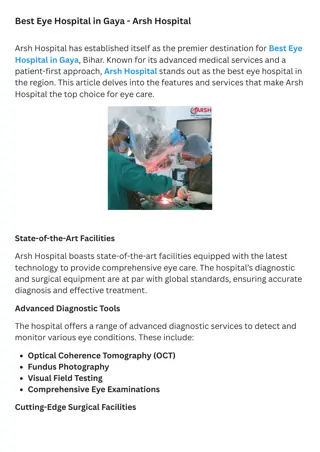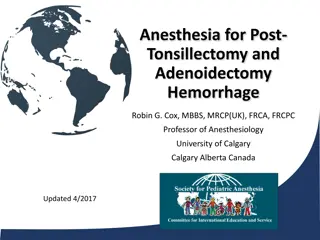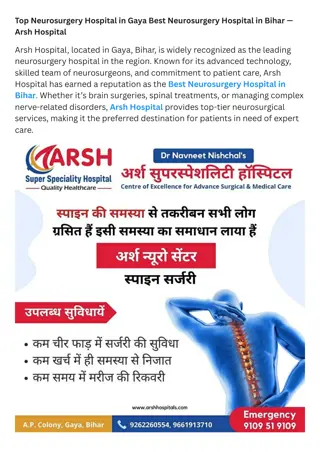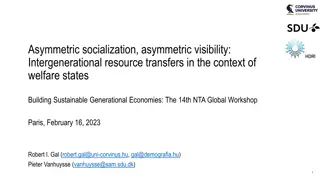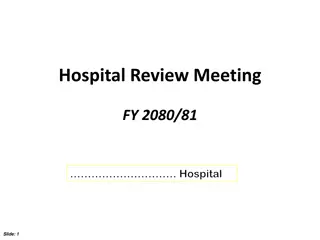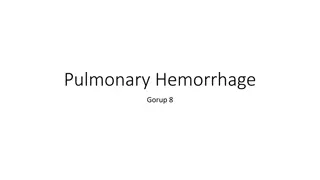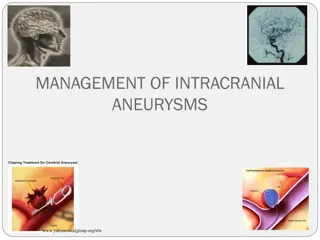Enhancing Safety in Inter-Hospital Transfers for Intracranial Hemorrhage Patients
Background: Inter-hospital transfers pose safety risks due to care transitions and handoffs. This study discusses interventions to improve care quality and communication in such transfers, highlighting significant process improvements but non-significant clinical outcomes. Conclusion: Implementing multi-modal interventions enhanced inter-hospital transfers, showing improvements in process and communication metrics. The approach is potentially replicable in other health systems and critical care specialties. Limitations/Future Directions: Study limitations include a small sample size and challenges in detecting rare clinical outcomes. Future research should focus on patient outcomes and scalability of interventions. Funding Sources and Disclosure: Funding supported by NIH, AHRQ, EM Foundation, Yale Hospital, and others. The authors' views do not necessarily reflect the funding organizations.
Download Presentation

Please find below an Image/Link to download the presentation.
The content on the website is provided AS IS for your information and personal use only. It may not be sold, licensed, or shared on other websites without obtaining consent from the author.If you encounter any issues during the download, it is possible that the publisher has removed the file from their server.
You are allowed to download the files provided on this website for personal or commercial use, subject to the condition that they are used lawfully. All files are the property of their respective owners.
The content on the website is provided AS IS for your information and personal use only. It may not be sold, licensed, or shared on other websites without obtaining consent from the author.
E N D
Presentation Transcript
Improving the Safety and Quality of Inter- hospital Transfer for Nontraumatic Intracranial Hemorrhage Ross Littauer, MD; Michael Yip, MD; John Sather, MD; Craig Rothenberg, MPH; Emily B. Finn, MPH; Charles Matouk, MD; Laura Pham, MD; Kevin N. Sheth, MD; Andrew Ulrich, MD; Vivek Parwani, MD; Arjun K. Venkatesh, MD, MBA, MHS
Disclosures and Funding Sources Arjun K. Venkatesh reports support from the Emergency Medicine Foundation Health Policy Scholar Award and the Yale Center for Clinical Investigation KL2 TR000140 from the National Center for Advancing Translational Science (NCATS), a component of the National Institutes of Health (NIH). This research was supported by a grant (#P30HS023554-01) from the Agency for Healthcare Research and Quality (AHRQ) and receives support from Yale New Haven Hospital and the Claude D. Pepper Older Americans Independence Center at Yale School of Medicine (#P30AG021342 NIH/NIA). The content is solely the responsibility of the authors and does not necessarily represent the official views of these organizations.
Background Inter-hospital transfer (IHT) exposes patients to multiple care transitions across a wide range of providers and systems IHT may harbor latent safety threats given multiple handoffs and data points Pre-intervention problem analysis identified delays in care and areas for improvement, including blood pressure control, communication (ED/OSH/NICU/NSGY) and a variety of process/throughput measures including ED boarding.
Methods Pre- and post-intervention analysis EMR dashboard Call center analysis Case audits
Results * Clinical outcome results were not statistically significant
Conclusion Implementing a multi-modal intervention to improve inter-hospital transfers is possible, and resulted in significant improvement in process and communication metrics This approach may be scalable to other health systems and other critical care entities (Trauma, ACS, Vascular emergencies, etc)
Limitations/Future Directions Potential limitations: Small sample size rare diagnosis Not powered to detect differences in mortality or other rarer clinical outcomes\ Future studies should examine patient outcomes such as mortality and disability May also examine inter-hospital transfer for other critically ill patients




